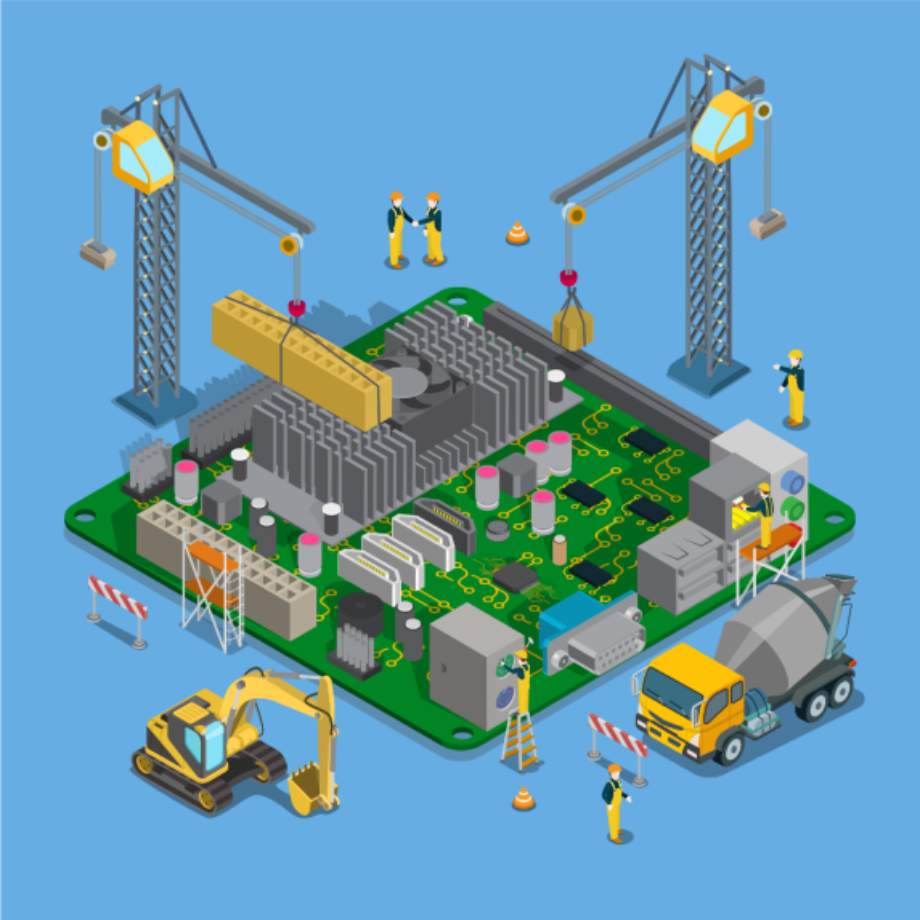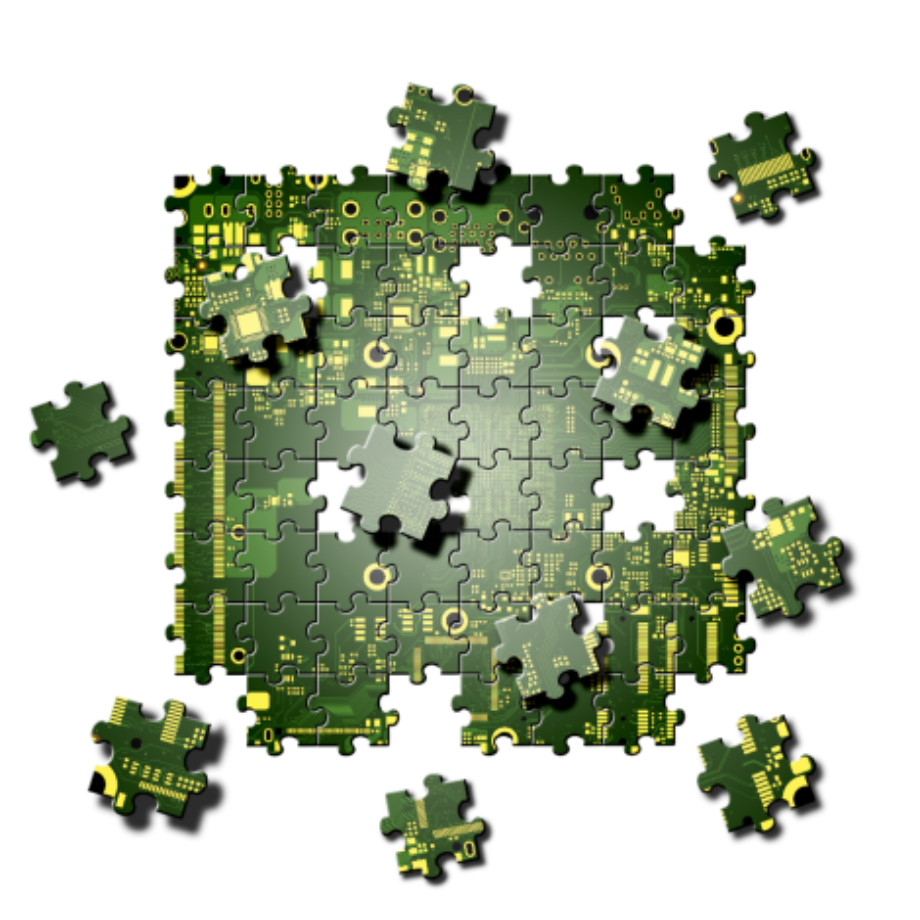Design systems: a simple choice or is there more to it?
Important parameters of the design system
What parameters should such software meet? In particular, it must contain all the basic functions to create clear schematics, components and enable the creation of a functional layout from the generated net-list. Furthermore, it should provide different shapes and layouts of the user interface for better clarity and more efficient work, as well as specific functions, which visually and functionally differentiate the different design programs.
Important additional features
When creating schematic wiring diagrams in the schematic editor, the design remains similar from program to program. However, what differs is not only the visual aspect, but also the number of additional functions and the degree of ability to be conveniently and easily transferred to the design environment.
Examples of such features are the flexibility of schematic symbols and their modification, formatting, alignment of text and also of the components themselves, so-called off-sheet interfaces, marking of parameters in the schematic, and many others. In most cases, these functions are found in every program, but they are interpreted differently or in a limited form.
Layout creation
Layout creation, similar to schematic wiring, is similar from program to program. The functions and their integration in the design environment directly influence the final design. In addition to the basic functions (trace routing, via placing, hole drilling, plane pouring, etc.), this environment can be characterised by specific functions. These include, for example, via stitching, impedance matching, active BOM, design rule checking and many others that streamline the overall process and allow for unconventional and more complex designs.
These features, along with proper implementation in the user interface, are in most cases the deciding factor when choosing a particular design software. The most well-known and commonly used design programs include Altium Designer, OrCAD, Eagle, KiCAD, Pads, Allegro or EasyEDA. There are many others, but they differ in most cases only in appearance and many features are modified or adopted from the programs mentioned above.

Comparison of the most famous design programs
If you're deciding which design software will be the best for the job given your needs, familiarize yourself with their specifications, advantages and disadvantages. Let's take a closer look at the various schematic and PCB design programs:
Altium designer
Of the design programs mentioned above (for professional designs), Altium Designer belongs to the higher standard category. They are characterized by great compatibility, flexibility and smooth 3D visualization. The latter has a number of useful features (e.g. hierarchical layout of schematics), which are often indispensable for the creation of high-quality schematic and PCB designs. Thanks to its recent improvements, it is one of the most widely used design programs in the industry.
The most interesting of these enhancements from my point of view are the cloud storage, which allows better and smoother team work on a single project with the possibility of creating shared components and libraries, and also the possibility of flex-PCB design, which a lot of programs do not support. It also makes this tricky part of more complex designs easier and more efficient, thanks to the built-in functions for calculating differential pairs and their intuitive routing.
OrCAD
The second one, also very used in professional designs, is OrCAD (available in different levels of functionality: OrCAD Standard, Professional and Allegro PCB). Its main advantages over Altium Designer are price and better SPICE simulation tools.
However, compared to Altium it lags behind in not very clear user interface and navigation, worse filters which makes it difficult to see and select quickly, and it also lags behind in editing and creating schematics and libraries. It does not include an active BOM feature compared to Altium, which improves parts management and verifies parts availability immediately with suppliers, which is a big help in larger companies and when working on a lot of projects.
Eagle
The third program, also used in professional designs, is Autodesk's Eagle. Compared to the full version of Altium, it is more affordable and functionally very close to OrCAD, thus also with shortcomings compared to Altium. With cross-platform support, compatibility with different operating systems is guaranteed. Compared to OrCAD, the programs are functionally similar, but Eagle is not characterized by the great tool diversity and simulation dominance of OrCAD.
Open-source software
Another group of programs that have recently received more and more attention are open-source programs with their own communities involved in further development and improvement of the program. A great representative of this category is KiCAD. Its main advantage is that it is free. This program has a large and active community behind it, which is constantly improving and adding features and creating various extensions to improve functionality. But on the contrary, it has shortcomings in teamwork, clear and flexible user interface, cloud-based solutions, more challenging library creation and many more. For these reasons, KiCAD and other open-source design programs are not suitable for professional design. On the contrary, they are an excellent tool for beginners and amateur designers.

Selecting a suitable design system
The design program and its selection for the user's needs depends on the type of application, the required quality and also the experience of the designer. With the many types, varieties and variants of different programs, their flexibility with a combination of clear design can be considered as key features as decisive factors in selecting the right one. If the program meets the requirements for function, efficiency and quality of work, then the decision is left to price (Table 1.) and availability on the required operating system.

Table 1 - Comparison of the licence prices of the above-mentioned programs
In our workplace at ASN+, the development and creation of electrical systems are directly linked to the design environment. The quality and speed of our product development depends on the efficiency of the software, the necessary functions and the quality and clarity of the projects. Creation and versioning of libraries and projects, commenting and actual teamwork on projects - these are some examples of features and possibilities we must not miss in our development process.
To meet these requirements in our workplace, the design program Altium Designer was chosen to meet most of them. The detailed implementation into our development processes, the pros and cons of working with Altium and the reasons for choosing this program are discussed in more detail in our next article. How does it work for you? Which program suits the needs of your workplace? We would be happy if you could share your experience with us.
Połącz się z naszymi fachowcami: